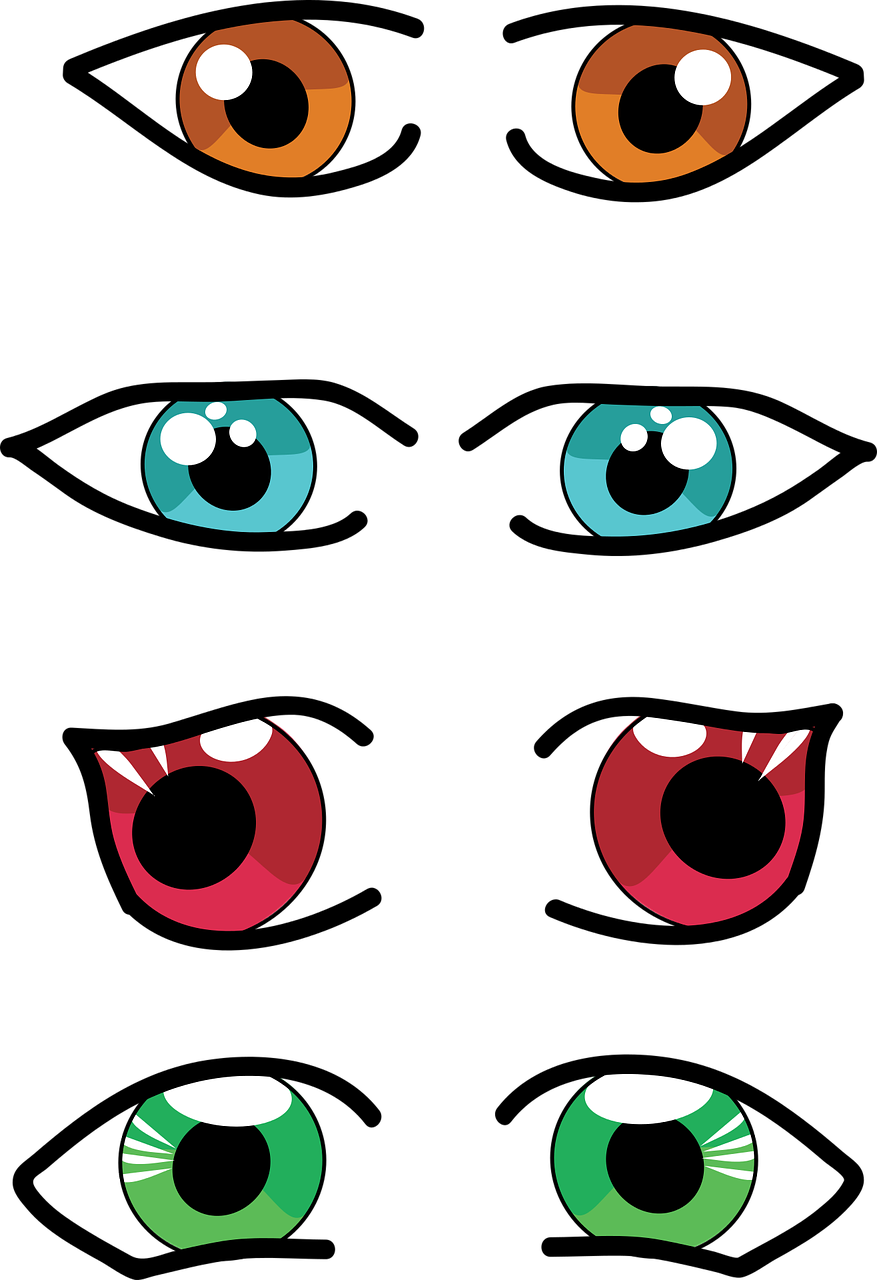
Contact lenses are becoming increasingly popular among patients, especially younger individuals, who prefer them over eyeglasses for aesthetic reasons and convenience in the workplace. As a result, the contact lens market is experiencing significant growth, driven by advancements in technology, increasing demand for vision correction, and shifting consumer preferences.
According to Fortune Business Insights, the global contact lens market is expected to reach USD 15.40 Billion by 2030, with a compound annual growth rate of 5.8% between 2023 and 2030. Key players such as Johnson & Johnson Vision Care, Alcon, and the Cooper Companies are driving this growth through product launches and strategic partnerships.
Technological developments in contact lenses have focused on enhancing comfort and eye health. Silicone hydrogel lenses, for example, allow more oxygen to reach the cornea, reducing dryness and promoting longer wearing times. Customization and personalization have also become possible, with colored contact lenses gaining popularity for cosmetic purposes and custom-made lenses ensuring a precise fit and optimal vision correction.
In terms of distribution channels, retail stores have traditionally dominated the contact lens market. However, the rise of e-commerce has significantly impacted the industry. Online platforms like ContactsDirect offer a convenient way for consumers to purchase contact lenses, providing a wide range of brands, prescription options, and competitive prices. The online platform also allows customers to access the latest contact lens innovations, such as the Oasys Max of Acuvue, which has been available since autumn 2022.
To enhance the e-commerce experience, online retailers have embraced virtual try-on technology, allowing customers to visualize how different contact lens options would look on their eyes using augmented reality.
As the contact lens market continues to expand, consumers can expect further innovations that prioritize comfort, eye health, and personalization. Whether for vision correction or cosmetic purposes, contact lenses are evolving to meet the diverse needs and preferences of consumers, offering improved options for clear vision and style.
If you’re interested in more eye-related articles, be sure to check out our health section.

